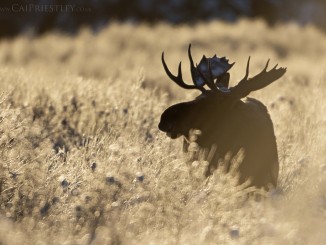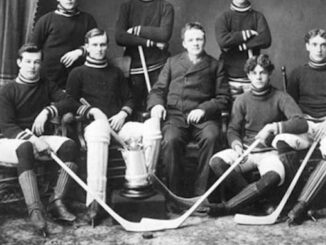Food shortages, broken promises, rising tensions, and desperate people all came to a head on April 2, 1885 when nine settlers were murdered. This incident became known as the Frog Lake Massacre. Frog Lake is a small community just over 200-kilometres east of Edmonton near the provincial border with Saskatchewan. After reading accounts of what transpired, it is more than likely that this unfortunate event could have been prevented.
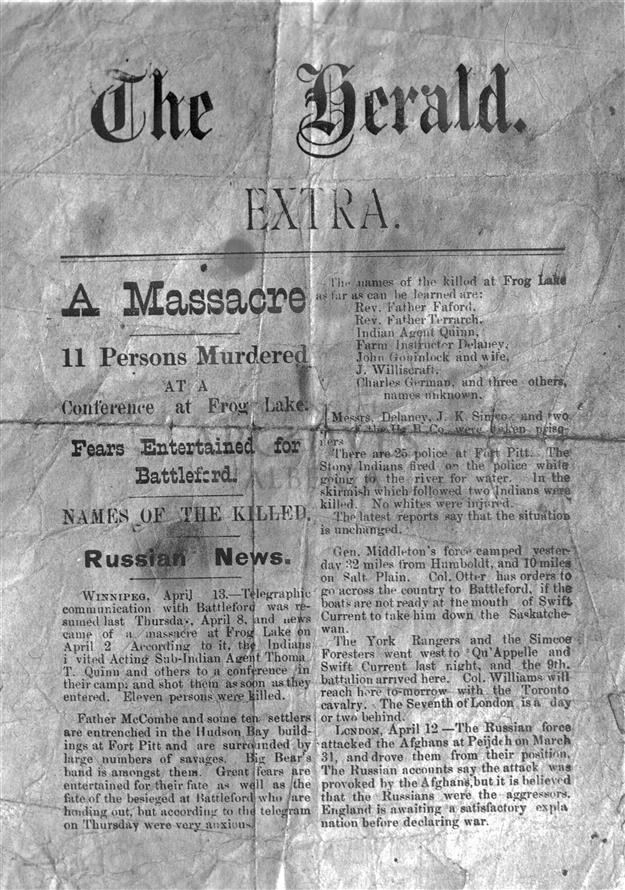
The events at Frog Lake occurred during the North-West Rebellion, a period of heightened tension between Métis and their Indigenous allies and the Government of Canada. With the drastic decline in bison numbers, food shortages were prevalent. Rations had been promised through the signing of Treaty 6, but were being withheld by the government. In an effort to help his people, Chief Big Bear made formal appeals to the government. These please went unfulfilled and Chief Big Bear began losing control of his band. Eventually, a group of warriors led by Wandering Spirit broke away from Chief Big Bear and marched into Frog Lake to demand food for their starving people. Tensions boiled over, violence erupted, and when the smoke cleared three people were taken as hostages, structures were burned to the ground, and those settlers were dead.
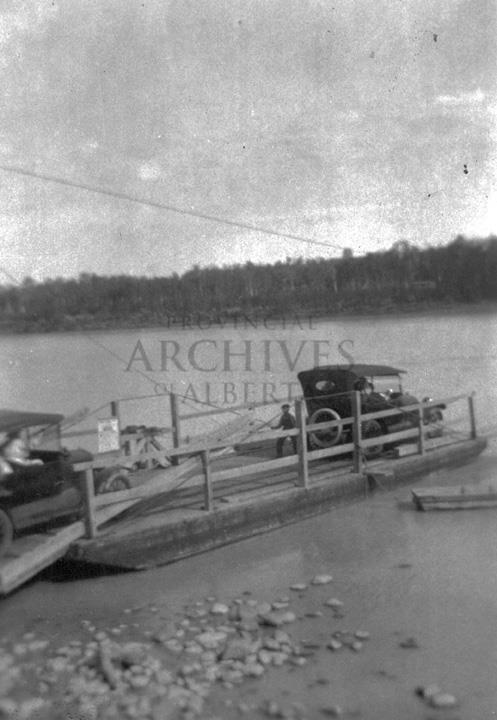
In part, the massacre at Frog Lake made the Government of Canada take notice of the growing unrest in the west. Federal troops were dispatched and the North-West Rebellion was squashed, with the hanging of Louis Riel as the government’s final act of victory. The fallout from the Frog Lake Massacre was devastating for those involved. Wandering Spirit, Round the Sky, Bad Arrow, Miserable Man, Iron Body, Little Bear, Crooked Leg and Man Without Blood were all tried and convicted. The government, wanting to make a statement to discourage future uprisings, decided to hang all eight men together. On November 27, 1885 they were hung in Fort Battleford in Canada’s largest public hanging. Even though Chief Big Bear opposed the warriors’ attacks on Frog Lake, he was tried and convicted of treason for his efforts to organize resistance amongst the Cree people. He was sentenced to three years in Stony Mountain prison.

As with any conflict, history is written through the voice of the victors. Much research has been done in the years since the incidents at Frog Lake in an effort to better understand why it happened. Oral histories, not always previously considered, were used in conjunction with modern research techniques and it paints a different picture of the series of events. For example, one version of history states that hostages were taken, while conflicting reports say that the “hostages” were actually being protected by Chief Big Bear, they weren’t actually hostages at all. While there’s no debating that the warriors committed destructive acts, initial reports of “looting” and “plundering” don’t take into account the fact they were starving and desperate for food. It wasn’t simply senseless vandalism that had occurred. This new research has shown that Canada’s Indigenous policies contributed heavily to the tragic events at Frog Lake. One can only hope that we learn from past mistakes so we don’t repeat these atrocities in the future. Today Frog Lake is a Provincial Historic Site and a National Historic Site of Canada.
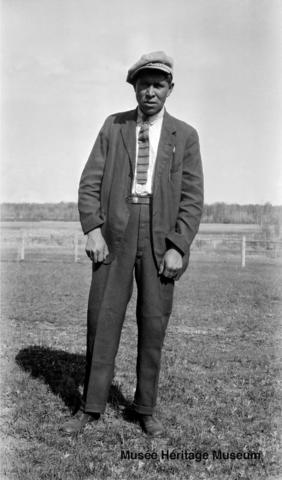
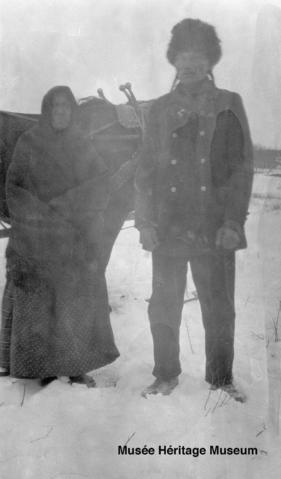
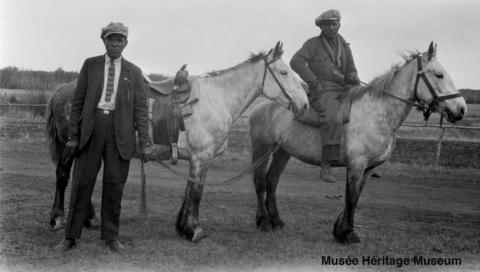
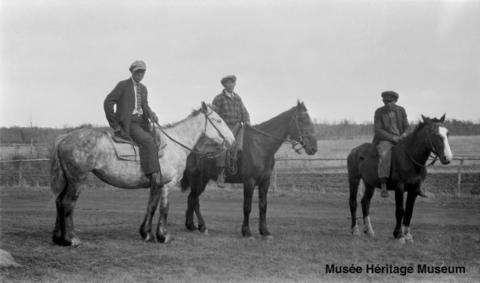
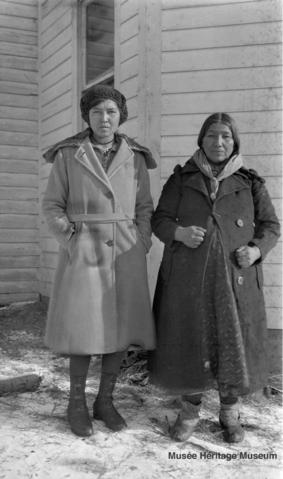
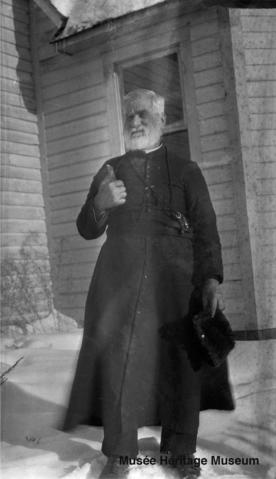
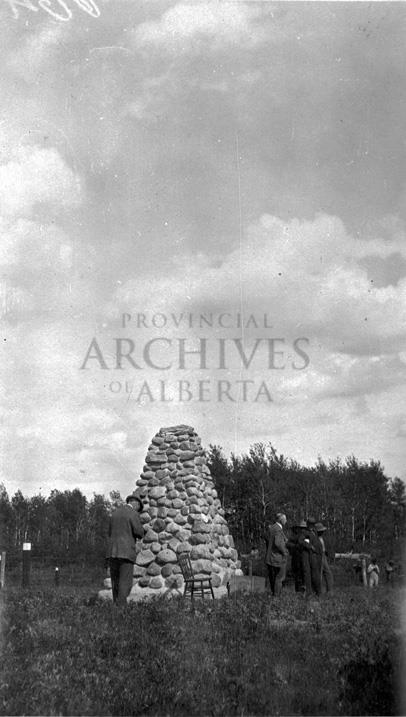

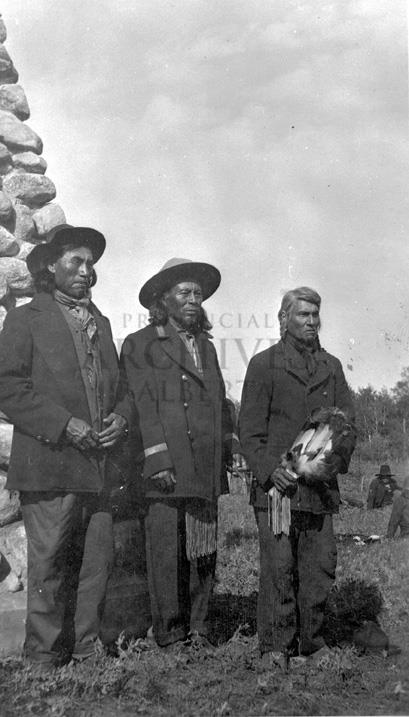
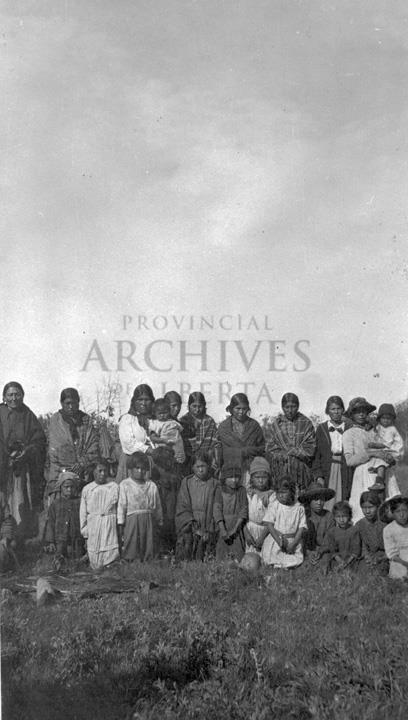

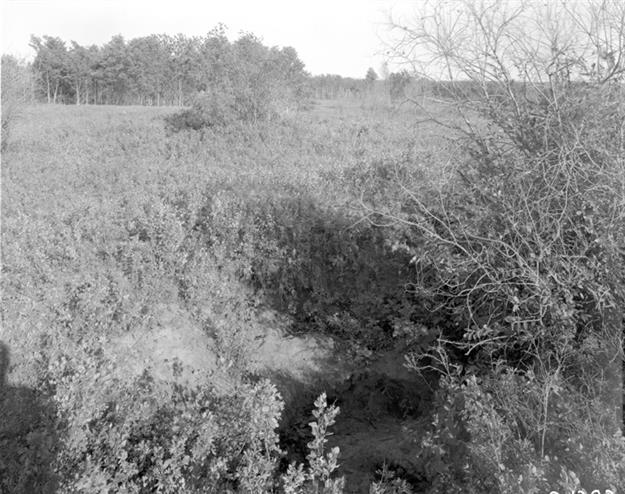
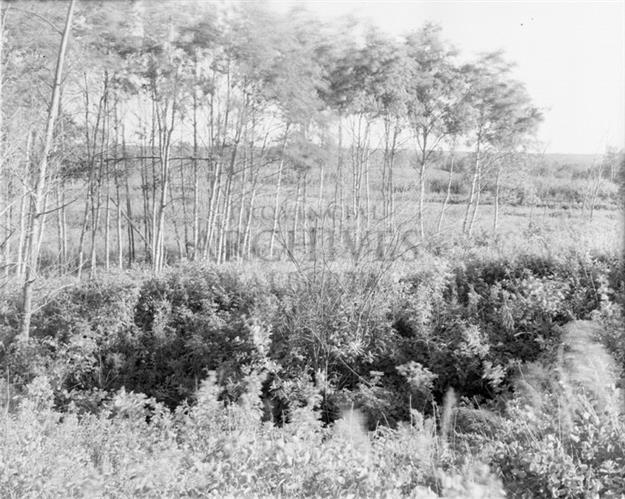

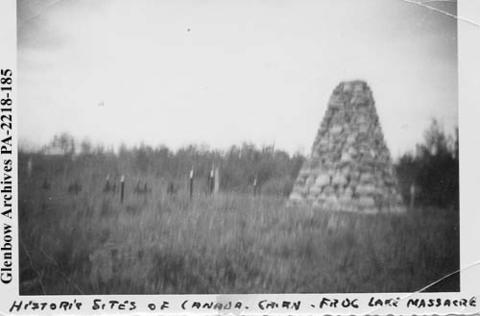
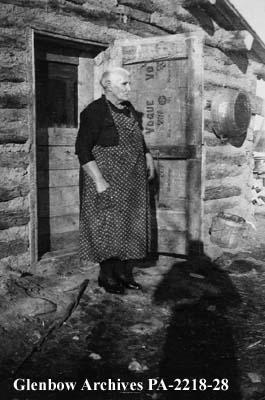
For additional stories about Indigenous history in Alberta please refer to these previous posts; Historical Photos from the Tsuut’ina Nation, Historical Photos from the Stoney Nakoda Nation, Historical Photos from the Siksika Nation, Historical Photos from the Kainai Nation, and Historical Photos from the Piikani Nation.
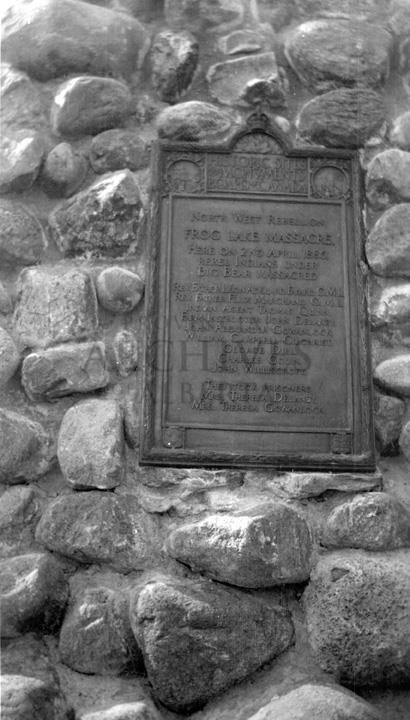
The photos above were collected from Archives Canada and the Provincial Archives of Alberta. If you’re interested, additional information can be found for each photograph on their websites. Stay tuned for additional posts featuring historical photos from across Alberta and Western Canada. We’d love to know what you think in the comment section below.


